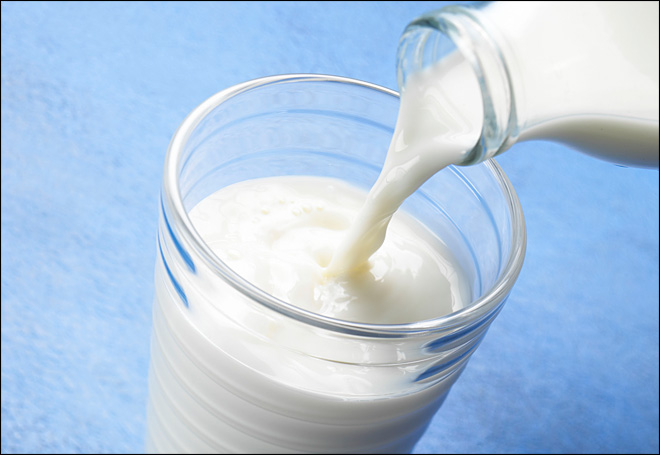Can milk cause yeast infections?
Can milk cause yeast infections?
Over the years there have been many anecdotal reports that milk and other dairy products may be associated with yeast infection. However, not everyone who consumes dairy products develops yeast infections and not everyone with yeast infection has a history of consuming dairy products.
The association between milk consumption and dairy products is not straightforward. There are many other causes of yeast infection, so it’s often difficult to show a direct association between the two.
So How Can Milk Trigger Yeast Infections?
From the anecdotal reports, it appears that in some women the yeast infection developed right after drinking milk. Further, once the dairy product was discontinued, the yeast infection disappeared.
It could be due to high levels of estrogen found in milk. Heightened levels of estrogen create a yeast-friendly environment and can make you more prone to a yeast infection. I discussed the link between hormonal imbalance and vaginal yeast infection in my articles about birth control pills and period.
Another reason milk could make you more prone to yeast infections is that it contains antibiotics. Antibiotics can kill friendly bacteria in your body and lower your defenses against pathogenic yeast that cause yeast infections.

One way to counteract this effect is to take probiotic supplements on a daily basis, another is to eliminate or cut your milk intake for good. As there are no randomized studies that have looked at the role of milk in causing yeast infections, it’s difficult to make universal recommendations.
Millions of people drink milk every day and have no problems. On top of that, dairy products have many health benefits and discontinuing it altogether may not be a good choice.
However, for women who do notice an increase in yeast infection after milk or other dairy products, it is prudent to avoid these foods.

Instead, you should consume probiotic yogurt and kefir, which are better tolerated and rich in “good” bacteria. Also, studies show that if you take probiotic supplements with dairy products, they’ll be better absorbed by your body and therefore more effective. You can also replace cow’s milk with oat milk or almond milk, free from antibiotics and hormones.
How to get rid of a vaginal yeast infection?
You can choose either over the counter medication, such as Monistat or 100% natural treatment, such as boric acid suppositories
or tea tree oil suppositories. They are all very effective and economical solutions, and your choice depends on your personal preferences.
Make sure you follow the manufacturer’s instructions and you should see a significant relief after the first day of use. If you want to learn more about vaginal yeast infection treatments, check my articles about medications for a vaginal yeast infection and natural cures.
How to prevent vaginal yeast infections?
Yeast infection of the genitals are not life-threatening, but they can be annoying and irritating. Other steps you can take to reduce yeast infections include the following:
- Practice good genital hygiene. Keep the area dry at all times.
- Wear non-restrictive undergarments made of cotton as they provide better aeration and absorb moisture.
- Avoid douching as it can lead to loss of “good” bacteria
- Don’t take antibiotics unnecessarily for long periods. If you have to take them, make sure you take probiotic supplements during and at least two weeks after your treatment.
- Eat healthy, exercise and sleep at least 7-8 hours a night.
- After a shower or bathing, make sure you dry the genital area well, including the skin folds around the groin.
- After exercise, shower, dry and change into a clean pair of clothes.
- Don’t apply perfumes and other fragrances around the genitals. These products not only cause irritation but can also induce allergic reactions. Use 100% natural feminine wash that doesn’t contain any potential irritants.
- Use plain sanitary pads and tampons. Products with scents also release chemicals that can promote the growth of yeast.
- If you’re diabetic make sure that you control your blood sugar levels; the higher the levels of sugar, the higher the risk of developing yeast infections.
Read More: Not Sure if it’s a Yeast Infection or Something Else? Get a Test Kit!
Conclusion
If you suffer from recurring yeast infections, eliminating milk from your diet may help. Try to stop having milk for at least two months and if you see it helps, if it does, eliminate milk from your diet for good.

You can replace cow’s milk with oat milk or almond milk, they are free from antibiotics and hormones and they can help you prevent vaginal yeast infections in the future.
Buy Boric Acid Suppositories Today
Having cow’s milk occasionally shouldn’t make much difference to your health, but having large quantities every day may mess up your hormonal and bacterial balance making you more prone to vaginal yeast infections.


